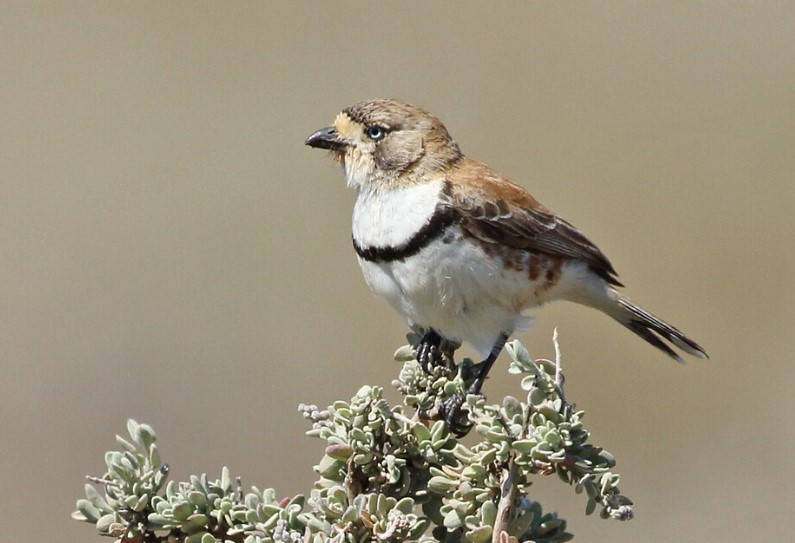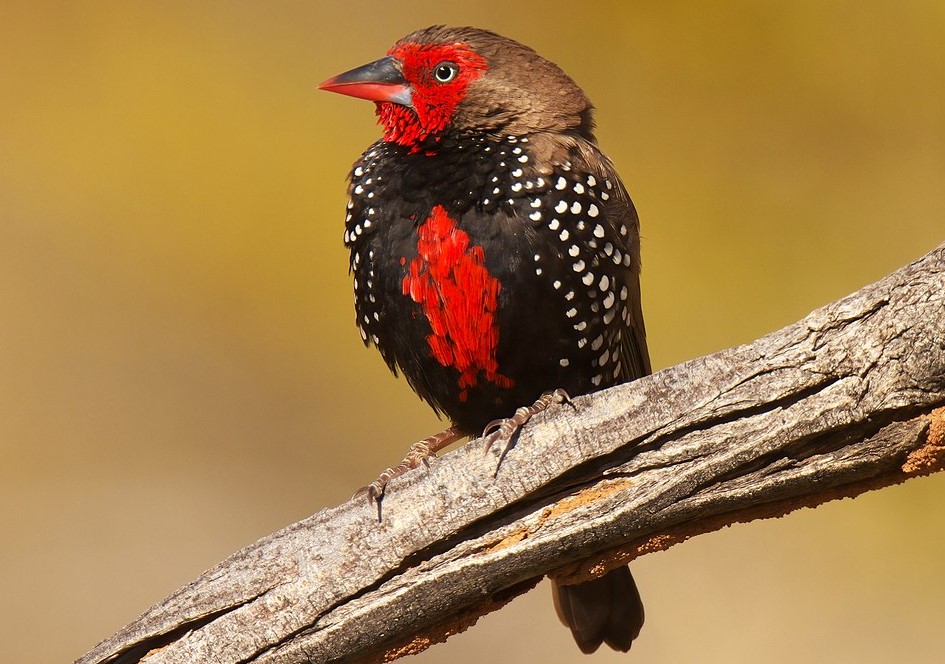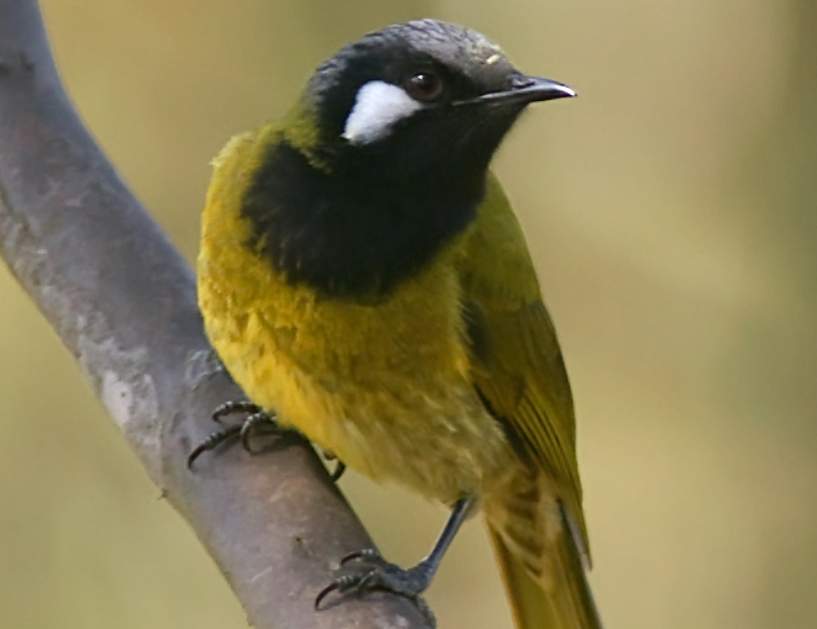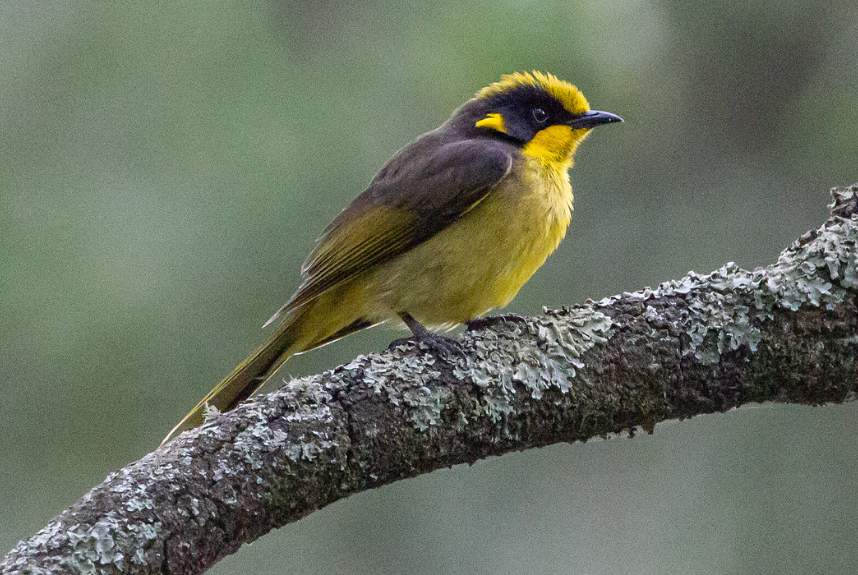Description: – Graceful Honeyeater is the third Australian member of Meliphaga, a group of rainforest-inhabiting honeyeaters. Which are centered in New Guinea and have plain olive-green plumage, a yellow-cream gape line, and a flared yellow or white spot on the ear coverts.
Similar species: In all aspects of its behavior, diet, and breeding, the Graceful Honeyeater resembles the Yellow-spotted, with which it lives in the lowland rainforests and mangroves of northeastern Queensland. Both birds forage in foliage from near the ground to the forest canopy and along its edges out into eucalypts and gardens, seeking insects, fruit, and nectar.
Habitat: The graceful honeyeater’s natural habitat is tropical to subtropical moist lowland forest and mangrove forest. This beautiful gem of mother nature is found in Papua New Guinea, Australia, and Indonesia.
It is the smaller and more slender-billed of the two and is particularly acrobatic, often hanging upside down, flitting about, or hovering to pick up a fruit or snap up an insect. Generally, it works in ones and twos through the upper strata of the forest, feeding more consistently in the canopy than the yellow-spotted, and sometimes gathering there in loose aggregations to rifle blossom in profusely flowering tree crowns.
Graceful honeyeaters appear to be sedentary throughout their Australian range and keep to the lowest tropical altitudes of all northeastern Queensland meliphagas. Only in the Mcilwraith Range on the Cape York Peninsula do they occur regularly above 500 meters. Unlike yellow-spotted honeyeaters, they occur in New Guinea, where they are widespread in lowland rainforests and mangroves around its south and east coasts.
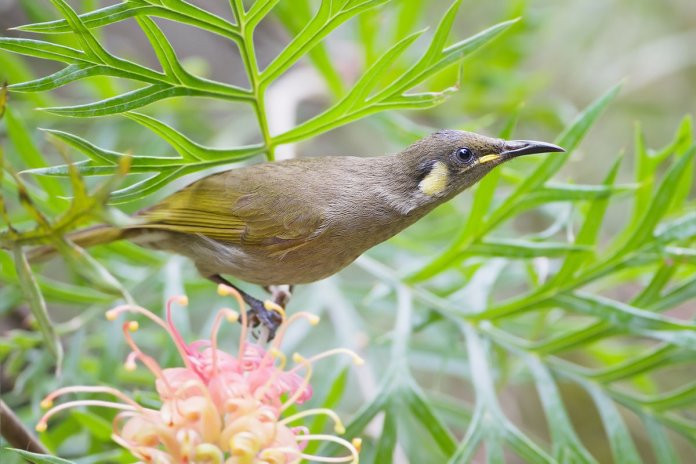
Identification: Both sexes are alike; however, the upperparts, wings, and tail plain mid are olive-green; the forehead and lores are duskier green. A line from the base of the bill to the below eye is yellow-cream; the malar area and cheeks to the edge of the ear coverts are olive-green, and the ear coverts have a flared cream-yellow patch.
The underparts are pale to mid-plain olive-green, and the eye is mid- to deep brown. The bill is black; gape yellow-cream along with Feet gray-horn. It closely resembles Yellow-spotted Honeyeater but is distinctly smaller, slightly paler, and has a proportionately longer and slender bill; the width at the base of the bill is 3.4–4.4 mm, compared with 4.–5.5 mm in Yellow-spotted. The immature bird has a faint yellow wash on its underparts, and the base of the undermandible is buff-brown.
Call: A graceful honeyeater call is a bit of a sharp tuck or tick in contact. The birds come and go continually in these food trees. Contact us kept-and position identified by a sharp, single tick call, given day-long. It is easily distinguished from the harsh tchu-chua call of the yellow-spotted honeyeater.
Song: The graceful Honeyeater song is the thin whistle, rarely given.
Nesting: The breeding season starts from October to February. They build a cup-shaped nest about 70 x 70 mm outside, made of palm fiber, bark, rootlets, grass, and leaf skeletons, bound with cobwebs, covered with moss and lichen, lined with plant down or soft grass, suspended by a rim of a tree or bush, 2–6 m above ground, on the rainforest edge or over water.
Eggs: The clutch usually contains two smooth, glossy eggs, salmon flesh with chestnut and purple-red spots forming a zone at the large end; it is oval, about 20 x 15 mm. The incubation period is about 14–15 days. The young fledge the nest in about 14–15 days.
Distribution: Lowland rainforests, mangroves, their edges, and gardens mostly below 300 m altitudes in coastal northeastern Queensland, from the Lower Archer River around Cape York Peninsula southeast to near Townsville. Also found in Papua New Guinea and offshore islands Moreover, there are four races—two in Australia.
Other names: Lesser Yellow-spotted Honeyeater, Grey-breasted Honeyeater, and Cryptic Honeyeater
Length: Graceful honeyeater length is about 140–160 mm.
You May Also Like This: The Shy Red-lored Whistler


